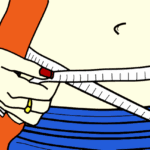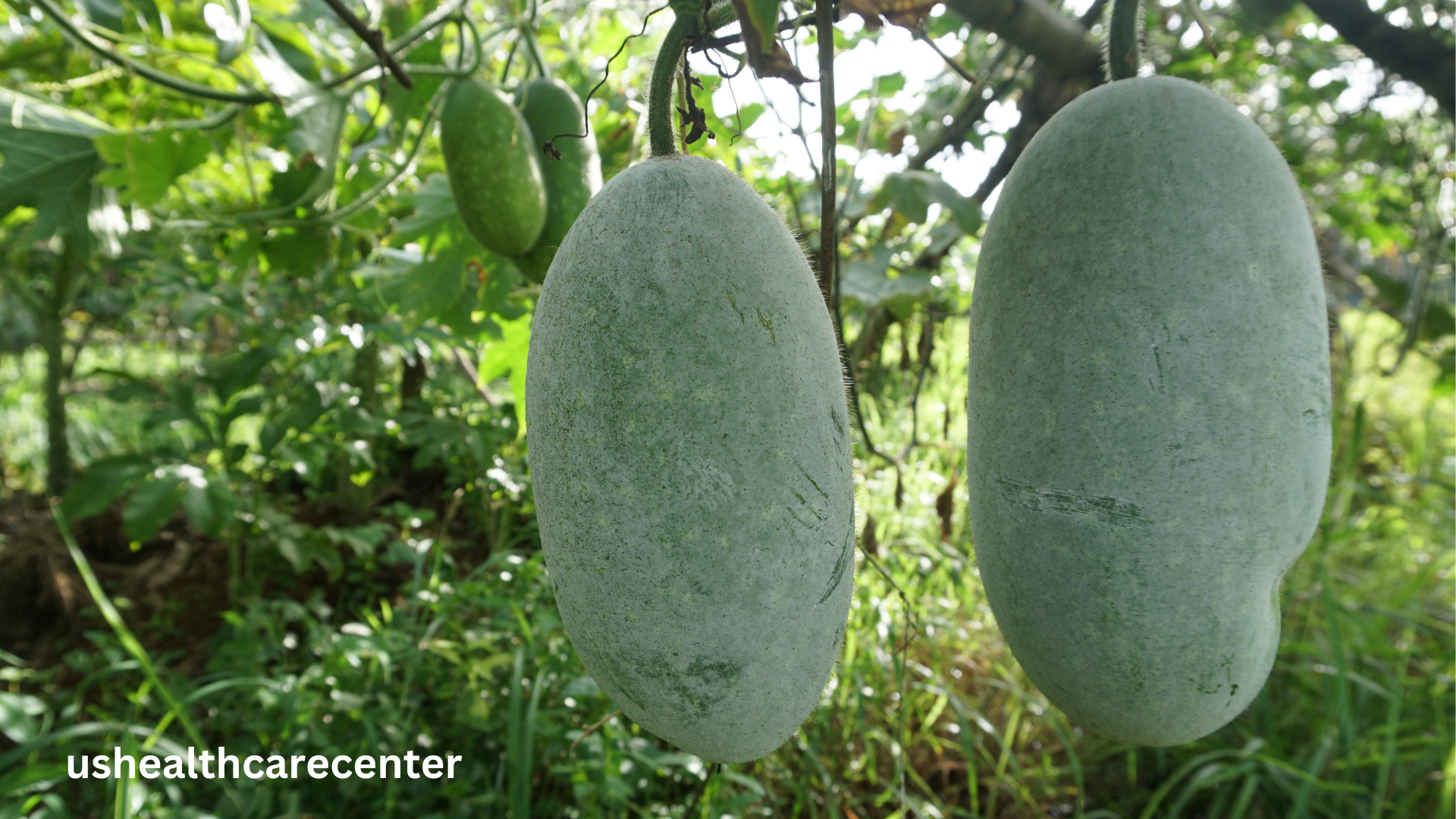Monkeypox, a rare viral disease has gained increased attention in recent years. Originally discovered in primates, it is now recognized as a zoonotic disease that can spread to humans. Understanding the causes, symptoms, and treatment of monkeypox is crucial for managing and mitigating its impact. Here, we will delve into these aspects to provide a comprehensive overview of monkeypox.
What is Monkeypox?
Monkeypox is an infectious disease caused by the monkeypox virus, a member of the Orthopoxvirus genus. It was first identified in 1958 when outbreaks occurred in a colony of monkeys used for research and the disease was subsequently recognized in humans in 1970 in the Democratic Republic of the Congo. While its name might suggest a primate origin, it can affect a range of mammals, including rodents and can be transmitted to humans.
Causes of Monkeypox
Viral Origin
This is caused by the monkeypox virus, which is closely related to the variola virus that causes smallpox. This virus is part of the same family of viruses as cowpox and smallpox, known as the Poxviridae family. There are two main clades of the monkeypox virus: the Central African (Congo Basin) clade and the West African clade, with the Central African clade generally being associated with more severe cases.
Zoonotic Transmission
The primary route of monkeypox transmission to humans is through contact with infected animals. This can occur via handling or consuming bushmeat (wild animal meat), or through direct contact with the bodily fluids or skin lesions of infected animals. Rodents such as squirrels and Gambian pouched rats are considered primary reservoirs of the virus.
Human-to-Human Transmission
Monkeypox can also spread from person to person. Human-to-human transmission typically occurs through respiratory droplets during prolonged face-to-face contact or through contact with contaminated materials such as bedding or clothing. The virus can enter the body through broken skin, respiratory tract, or mucous membranes.
Symptoms of Monkeypox
Incubation Period
The incubation period for monkeypox ranges from 5 to 21 days, with symptoms usually appearing around 7 to 14 days after exposure.
Initial Symptoms
Monkeypox begins with flu-like symptoms, including:
- Fever
- Headache
- Muscle aches
- Backache
- Swollen lymph nodes
- Chills
- Exhaustion
Rash Development
A characteristic feature of monkeypox is the development of a rash. The rash typically progresses through several stages:
- Macules (flat, red spots)
- Papules (raised bumps)
- Vesicles (fluid-filled blisters)
- Pustules (pus-filled blisters)
- Scabs (crusts that eventually fall off)
The rash often starts on the face and then spreads to other parts of the body, including the arms, legs, and trunk. It is notable for its similarity to smallpox but usually less severe.
Complications
In some cases, it can lead to complications such as secondary bacterial infections, pneumonia or other systemic infections. Severe cases though rare, can lead to death, particularly in individuals with weakened immune systems or underlying health conditions.
Treatment and Management
Supportive Care
There is no specific antiviral treatment for monkeypox. Management of the disease primarily involves supportive care to alleviate symptoms and prevent complications. This includes:
- Hydration: Ensuring adequate fluid intake to prevent dehydration.
- Pain Relief: Using over-the-counter medications such as acetaminophen or ibuprofen to manage pain and fever.
- Skin Care: Keeping the skin clean and dry, and avoiding scratching the rash to reduce the risk of secondary bacterial infections.
Antiviral Medications
In severe cases or for individuals at high risk of complications, antiviral medications such as tecovirimat (TPOXX) may be considered. This medication is approved for the treatment of smallpox and has shown efficacy against monkeypox in some studies.
Vaccination
Vaccination against smallpox has been shown to offer some cross-protection against monkeypox. The smallpox vaccine, known as the modified vaccinia Ankara (MVA) vaccine, is sometimes used in outbreak settings to prevent the spread of monkeypox.
Isolation and Infection Control
Infected individuals should be isolated to prevent the spread of the virus. Strict infection control measures including the use of personal protective equipment (PPE), should be followed by healthcare workers managing monkeypox cases.
Preventing Monkeypox
Avoiding Contact with Animals
To reduce the risk of monkeypox, avoid contact with wild animals, particularly those known to carry the virus. This includes avoiding the consumption of bushmeat and taking precautions when handling animals.
Good Hygiene Practices
Practicing good hygiene, such as frequent hand washing with soap and water can help prevent the spread of the virus. It is also important to avoid sharing personal items that may be contaminated with the virus.
Travel Precautions
If traveling to areas where monkeypox is endemic be aware of local health advisories and take appropriate precautions to minimize the risk of exposure.
Conclusion
Monkeypox, though less well-known than other viral diseases, poses significant health risks, especially in regions where it is endemic. Understanding its causes, recognizing the symptoms and knowing the appropriate treatment and prevention measures are essential for managing and controlling the disease. As research continues and public health responses evolve, staying informed and prepared remains key to reducing the impact of monkeypox.
By staying vigilant and adopting preventive measures we can collectively work towards minimizing the risk of monkeypox and ensuring better health outcomes for affected individuals.









